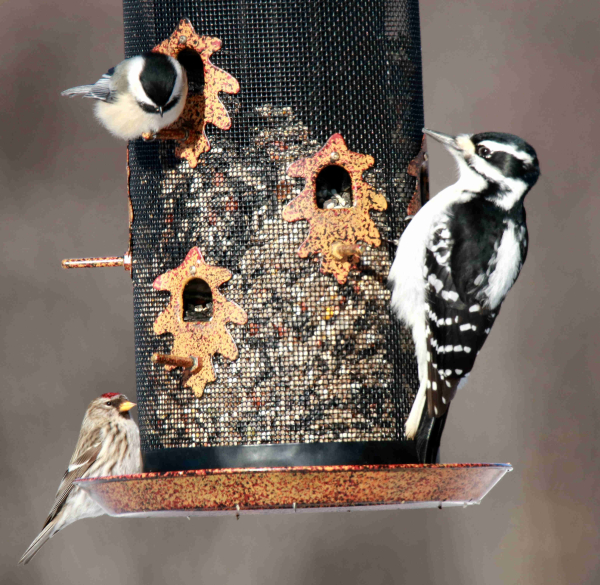Pesticide May Be Outlawed

(Washington, D.C., July 25, 2017) We applaud the U.S. Senators who today introduced a bill to ban chlorpyrifos, a widely used pesticide that has been killing birds and poisoning the environment for the past half-century: Tom Udall (D-NM), Kirsten Gillibrand (D-NY), Cory Booker (D-NJ), Richard Blumenthal (D-CT), Kamala Harris (D-CA), and Edward J. Markey (D-MA). We’re also grateful to Representatives Nydia Velazquez (D-NY) and Keith Ellison (D-MN), who have offered a companion bill in the House.
The “Protect Children, Farmers & Farmworkers from Nerve Agent Pesticides Act” would prohibit all chlorpyrifos use by amending the U.S. Federal Food, Drug, and Cosmetic Act that oversees food safety.
Chlorpyrifos, an organophosphate related to sarin nerve gas, is used in production of common crops such as strawberries, apples, citrus, and broccoli. In addition to the pesticide’s well-known threats to human health, American Bird Conservancy (ABC) is concerned about the pesticide’s effects on birds, including to declining species like the Mountain Plover (shown). A recent draft biological evaluation from the Environmental Protection Agency (EPA) stated that chlorpyrifos is likely to adversely affect 97 percent of all wildlife, including more than 100 listed bird species listed under the Endangered Species Act.
ABC has been calling for a ban on the use of chlorpyrifos for years. EPA scientists agreed and were on course to ban the pesticide from use on all crops. In March 2017, however, the EPA administrator reversed the recommendation of the agency’s own scientists and extended chlorpyrifos’ registration for another five years.
“It’s high time to outlaw the use of chlorpyrifos. It’s well known that this pesticide is lethal to birds, other wildlife, and people,” said Cynthia Palmer, ABC’s Pesticide Program Director. “We’re encouraged by the leadership shown today in Congress.”
###
American Bird Conservancy is dedicated to conserving birds and their habitats throughout the Americas. With an emphasis on achieving results and working in partnership, we take on the greatest problems facing birds today, innovating and building on rapid advancements in science to halt extinctions, protect habitats, eliminate threats, and build capacity for bird conservation.






